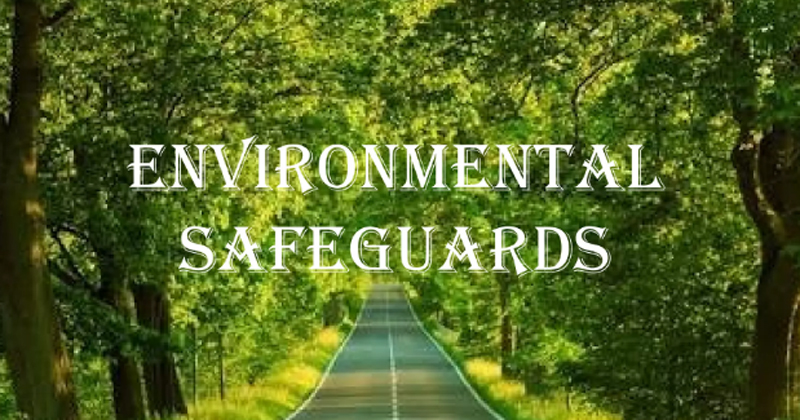Nature pays back on its own, sooner or later, and we learned this lesson at Joshimath, where subsidence of almost half a foot occurred in just a few days. The main suspected reason is the Chardham road widening project, undertaken extensively in Uttarakhand. Joshimath is not the only place where this subsidence has happened. Our Himalayas are the youngest mountain range in the world, and as such, ecological and environmental systems are very fragile. The rocks are still damp, and any further seepage of water due to dams or tunnelling causes extensive underground damage not visible to the naked eye, but the consequences do become quite visible after a certain time. It is important to mention that the Supreme Court put a blanket ban on any project in the already fragile mountain regions, and only in 2021 did it give permission to the construction of roads important from a security point of view. The rest is history. The entire region has witnessed the blasting of mountains for roads and tunnels, and the resultant damage is irrevocable. GoI has analysed the situation, and the latest order is to rectify past mistakes. All road projects must now consider the ecological and environmental impact, as well as the study of beneath rocks and vegetation, as well as the project’s long-term impact on all of these. Development is necessary but not at the cost of the lives of the inhabitants, the environment, or the ecology. Any deviation from the parameters will set off a chain of reactions by nature. It is indeed a serious situation, and unless dealt with as a top priority, it can boomerang to catastrophic proportions that we cannot even imagine. The Central Government has taken the right decision to put all SOPs in place to control future calamities.
Jammu and Kashmir’s NH44 is a classic case of how ignoring standard SOPs means inviting trouble. For days together highway remains closed due to shooting stones and so much is the furry of nature that even the steel tunnel is of no use right now. The mountain’s rubble is simply being dumped into the Chenab below, obstructing its free flow and causing the siltation of project dams downstream. The impact on nature is horrendous, and we have been ignoring signals from nature at a huge cost. Patnitop development is held up due to environmental issues only. Alternative construction and road materials must be explored. We already had a minor subsidence situation at Doda, a detailed report of which is pending. The Administration must ensure proper guidelines are followed at every step to make lives safe. There is no use in creating concrete jungles and then regretting them afterwards. The reforestation of mountains by NHAI and other agencies involved must be monitored. A complete ban on dumping construction debris in rivers must also be ensured. Nature doesn’t give second chances at all; we have seen it at Kedarnath in 2013 and at Srinagar in 2014, among so many other examples. All mineral extractions and construction activities must be undertaken only after proper clearances from the concerned agencies. Even new, upcoming towns should also go through clearances. It is better to play it safe than to regret it later.
Trending Now
E-Paper


